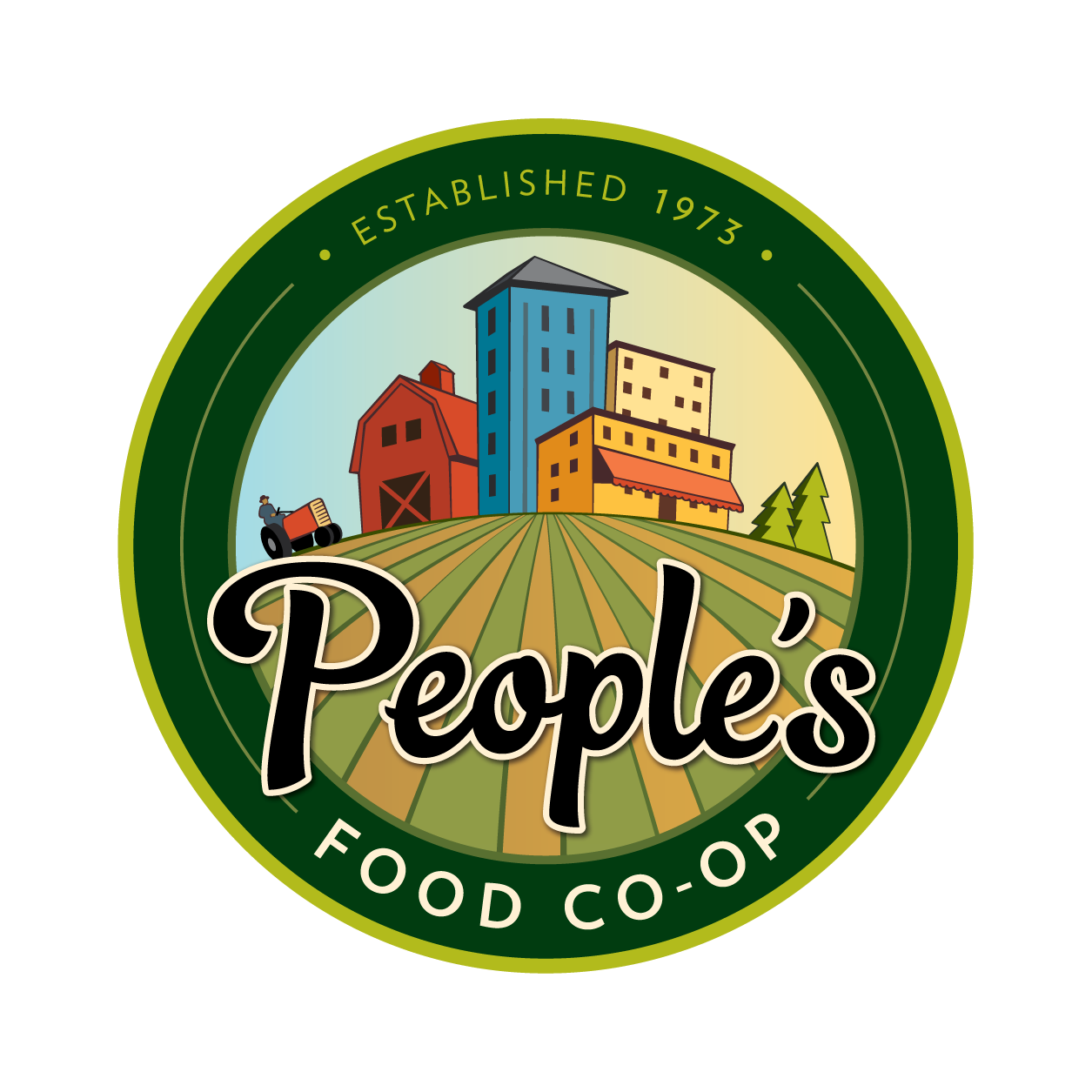Sno Pac: Organic before you were born
Early days at Sno Pac.
Sno Pac Foods, of Caledonia, Minnesota, supplies People’s Food Co-op with frozen organic vegetables, fruits, and juices. The list of all the varieties of good things that Sno Pac has supplied the Co-op over the years would fill this page. Sno Pac has been around for over 70 years—longer than People’s Food Co-op. Sno Pac has been one of People’s suppliers since the earliest days of the Co-op. Pete Gengler, the current CEO (and grandson of Sno Pac’s founder J.P. Gengler), remembers driving Sno Pac deliveries to People’s when the La Crosse store was located in the old Bruha’s Grocery building on Adams Street.
About 100 years ago, J.P. Gengler had a lumber business in the Caledonia area. In the winter, they’d cut ice from a spring-fed lake and ship it south in the summer.
J.P.’s son Leonard took advantage of the invention of refrigeration and built a locker plant where local farmers, including Leonard, could store their food. Leonard Gengler grew strawberries, gooseberries, and vegetables, which he processed and froze. Leonard’s son Pete Gengler remembers that the family had 20 acres of strawberries when he was a child. “I was picking strawberries when I was five. I made $11 one summer day—really good money when you’re five years old.”
Like many farms in the region, Sno Pac was hit hard by the heavy rains of last spring. The increase in precipitation in the Driftless region represents a substantial ecological challenge for the future of local agriculture.
“Whenever you have 16 inches of rain in a 24-hour period, you’re going to have erosion,” Gengler says, but he also notes there are steps that farmers can take to mitigate the damage. Sno Pac’s farm uses contour strips and cover crops so that the topsoil loss is minimized. Gengler expects Sno Pac to still be farming 100 years from now—even if there isn’t any more ice to pull out of the lakes.
The company now has 3,000 acres in organic production and works with another 50 local organic farmers supplying frozen organic produce to retailers from Maine to California. In spite of the national growth in sales, Sno Pac remains a locally owned Southeast Minnesota outfit, supplied by local farms. “The majority of the farms we work with are within 20 miles [of Caledonia],” Gengler notes.
The Sno Pac facilities are state of the art, using a series of conveyor-linked machinery to receive, sort, slice, blanch, spray, chill, de-water, and freeze as quickly as possible. The setup can process 8,000–9,000 pounds of peas an hour when the summer harvest is at its peak, or 6,000 carrrots an hour.
Organic commitment
The company has always been organic. “In the 1940s,” Gengler says, “when all the chemicals started showing up in farming, my father decided not to use them. He didn’t think it was a good idea and didn’t go along with it. As soon as the chemicals started being used people started having trouble with them—sensitivities and allergies—so my father had customers right away. He was shipping all over the country—special orders to people with allergies. In those days we used dry ice packaging for shipping.”
The company started out delivering frozen foods to retailers and selling off of truckstands in Minnesota, Wisconsin, and Iowa. Candace Herbert, food service co-ordinator at People’s Food Co-op in La Crosse, remembers buying Sno Pac products from a stand set up in the old Cub Foods parking lot in La Crosse off Hwy. 16.
Sno Pac used to do a lot more direct sales, Gengler says. “We used to have hundreds of people lining up at the office to pick up their peas. They’d be clear out to the street.” Those days are now gone and customers can find their Sno Pac organic frozen items at their local co-op. “People don’t tend to buy 100 pounds of peas in one lot like they used to,” Gengler says as we walk past the warehouse cooler, dodging the forklifts. I have to have him repeat himself; the reggae music at Sno Pac is very loud.
Edamame processing at Sno Pac.
This article originally appeared in the March/April 2014 issue of the Co-op Shopper.


